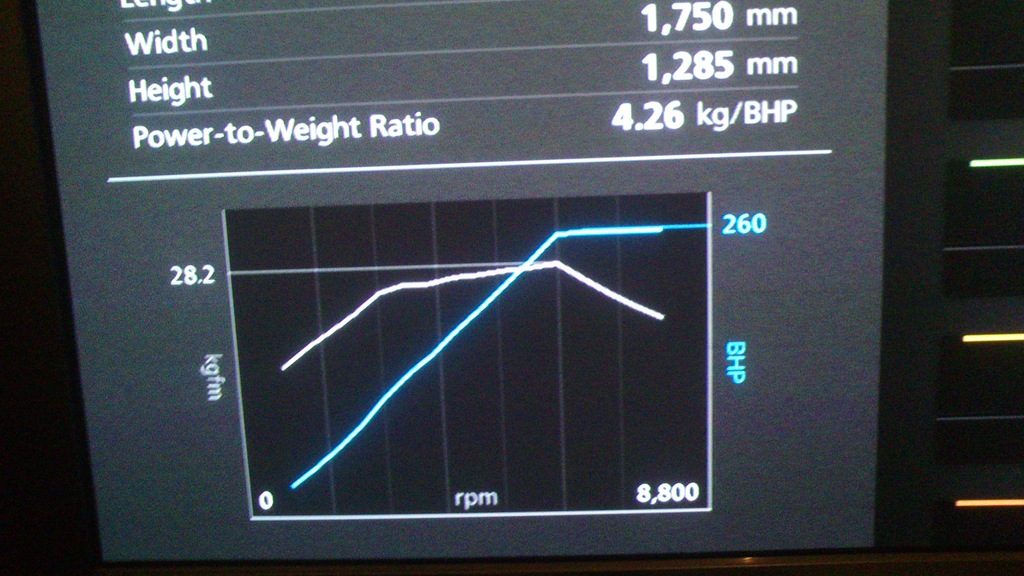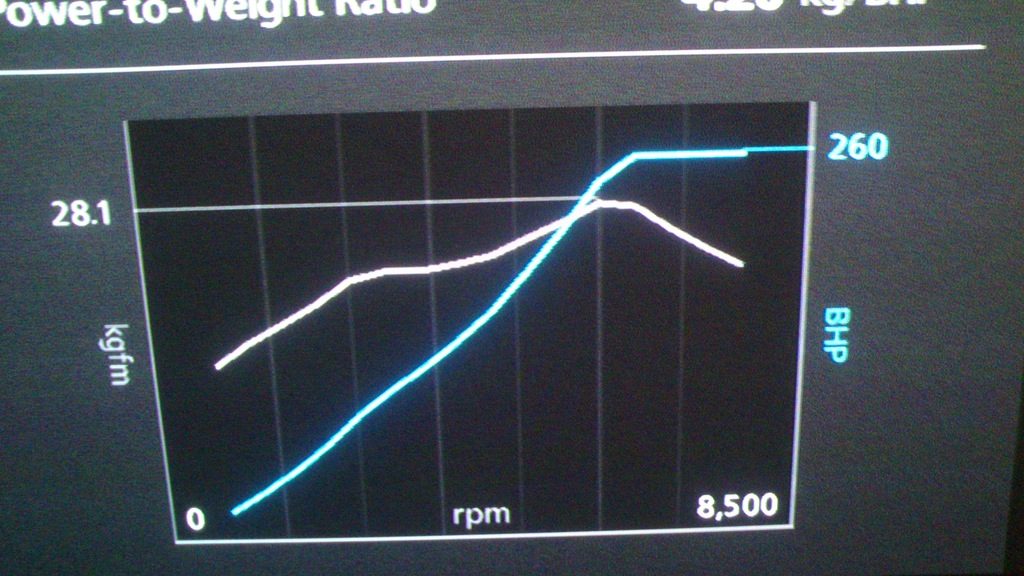- 968

- Maine
- VooDooChilde333
No one cares or wants to see this. This is a private issue that has nothing to do with the OP.
So utilize the PM button, or start a private conversation.
No one cares if you make up, no one cares if you dont.
The only ones who DO care, have a PM button, how convenient.
We see action in this post and come here to see if anything was added to the OP, instead we get this?
I don't think we should have to sift through all this private crap just to find anything actually pertaining to the guide.
You all have the right to feel however you want to, just please don't force it on the community.
Thank you.
(Anyone reading what I wrote who is actually a good person, will agree and just move along.
A "Troll" on the other hand, can not. Because by nature, they need an audience.)
So utilize the PM button, or start a private conversation.
No one cares if you make up, no one cares if you dont.
The only ones who DO care, have a PM button, how convenient.
We see action in this post and come here to see if anything was added to the OP, instead we get this?
I don't think we should have to sift through all this private crap just to find anything actually pertaining to the guide.
You all have the right to feel however you want to, just please don't force it on the community.
Thank you.
(Anyone reading what I wrote who is actually a good person, will agree and just move along.
A "Troll" on the other hand, can not. Because by nature, they need an audience.)
Last edited:





 dommageables à la compréhension du vocabulaire technique.
dommageables à la compréhension du vocabulaire technique.
